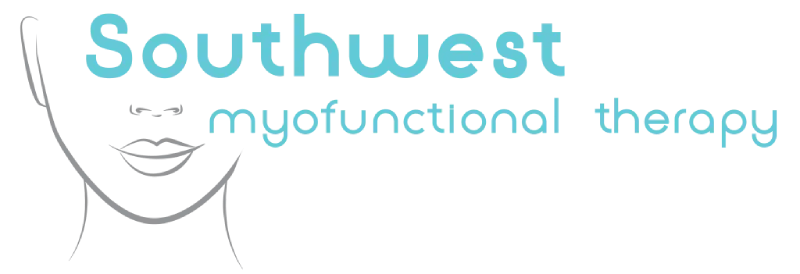Discussing tongue thrust – what it is and how myofunctional therapy can help, part 1
Posted by Sandraluz Gonzalez Jan 16, 2023

In our previous series, we looked at how myofunctional therapy can help treat a number of the most common orofacial myofunctional disorders, or OMDs. Next, we’ll take a deep dive into just one of those common OMDs – tongue thrust. We’ll discuss what it is, how it works, the symptoms and negative outcomes it causes, and how a myofunctional therapist can help with diagnosis and treatment of tongue thrust.
What is tongue thrust?
Tongue thrust is a orofacial muscular imbalance that presents during the swallow. You might also sometimes hear it called an infantile swallow, immature swallow, or reverse swallow, but they’re all talking about the same OMD.
In a healthy swallow, the tongue pushes forward into the hard palate. The hard palate is located at the front of the roof of the mouth, right behind the front teeth. As its name implies, the hard palate is a sturdy, bony structure. This means it’s a great place to soak up and safely dissipate the muscular energy the tongue puts out during the swallow.
When someone with tongue thrust swallows, the tongue misses the hard palate, and instead pushes against the teeth. The average person may swallow as many as 1000 times per day. Over time, all of that misplaced energy going into the teeth will cause them to move from their proper positions, resulting in what is known as an open bite.
There are 6 different types of open bite. What makes the difference between the various types is where the tongue is misdirecting its forces during the swallow. Let’s take a look at the various different open bites and how they present:
Anterior open bite – this is the most common open bite resulting from tongue thrust. Telltale signs of an anterior open bite include the front of the lips being parted in resting posture, sometimes with the tongue protruding past the lips, particularly in younger children.
Check back soon for Discussing tongue thrust – what it is and how myofunctional therapy can help, part 2. In the meantime, check out our page on treating tongue thrust and other OMDs.
More Blog Posts
Office Hours
MON - THU8:30 am - 5:00 pm
FRI - SUNBy appointments only





